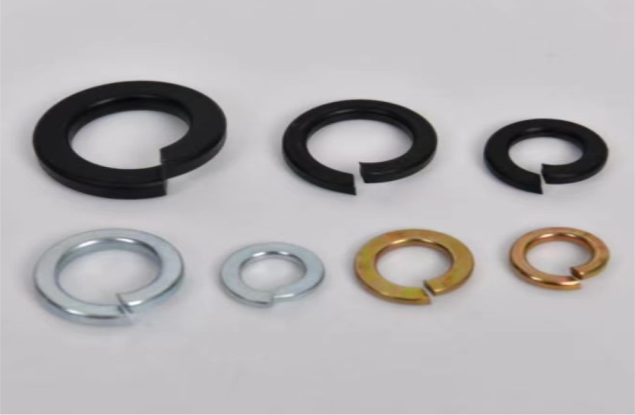custom flat washer size
Understanding Custom Flat Washer Sizes A Comprehensive Guide
In the realm of mechanical engineering and construction, the importance of flat washers cannot be overstated. These simple yet critical components serve multiple purposes ranging from load distribution to preventing damage to surfaces. When it comes to specific applications, the need for custom flat washer sizes becomes paramount. This article will explore the intricacies of custom flat washer sizes and their significance across various industries.
What Are Flat Washers?
Flat washers are thin, disk-shaped plates with a hole in the center, designed to be placed under a fastener, such as a bolt or a screw. They are primarily used to distribute the load over a larger area, reducing the likelihood of damage to the material being fastened. Additionally, flat washers can help prevent loosening due to vibration, act as a spacer, or provide insulation against electrical conductivity.
The Need for Custom Sizes
Standard flat washer sizes are widely available and can meet many common requirements. However, certain projects and applications may demand custom sizes to achieve optimal performance. Custom flat washers can be designed to fit particular bolt dimensions, accommodate irregular-shaped fasteners, or provide specific load-bearing capacities.
For instance, in automotive manufacturing, custom washers may be required to fit uniquely shaped bolts in confined spaces within an engine assembly. Similarly, in construction, unique washer sizes can be essential for specific structural elements, ensuring safety and stability. Additionally, industries like aerospace, electronics, and marine applications often require bespoke washers to adhere to stringent safety and performance standards.
Material Considerations
custom flat washer size

When designing custom flat washers, selecting the appropriate material is crucial. Common materials include steel, stainless steel, aluminum, nylon, and brass. Each material has its own set of characteristics that may be advantageous depending on the application. For example, stainless steel washers provide excellent corrosion resistance and are ideal for outdoor applications, while nylon washers may be preferred for electrical insulation.
Manufacturing Processes
Creating custom flat washers typically involves several manufacturing processes. Common methods include stamping, laser cutting, and machining. The choice of process often depends on the required precision, volume of parts needed, and cost considerations. Stamping is efficient for mass production, whereas CNC machining can be utilized for small batches where precision is critical.
Key Factors to Consider
When ordering custom flat washers, there are several key factors to keep in mind
1. Dimensions Specify the outer diameter, inner diameter, and thickness of the washer. 2. Material Choose a material that suits your application’s environmental conditions and load requirements. 3. Surface Finish Depending on the application, a specific surface finish may be necessary to enhance durability or aesthetic appeal. 4. Quantity Determine the number of washers required, as this may influence manufacturing choices and costs. 5. Tolerances Clearly define tolerance levels to ensure that the washers will fit and function as intended.
Conclusion
Custom flat washers play an essential role in a multitude of industries, ensuring that fasteners function effectively while minimizing damage and maximizing safety. By understanding the need for custom sizes, material choices, manufacturing processes, and key considerations, engineers and purchasing agents can make informed decisions that contribute to the success of their projects. Whether in automotive, construction, or any other field, the right custom flat washer can make all the difference in overall performance and reliability.
-
Top Choices for Plasterboard FixingNewsDec.26,2024
-
The Versatility of Specialty WashersNewsDec.26,2024
-
Secure Your ProjectsNewsDec.26,2024
-
Essential Screws for Chipboard Flooring ProjectsNewsDec.26,2024
-
Choosing the Right Drywall ScrewsNewsDec.26,2024
-
Black Phosphate Screws for Superior PerformanceNewsDec.26,2024
-
The Versatile Choice of Nylon Flat Washers for Your NeedsNewsDec.18,2024










